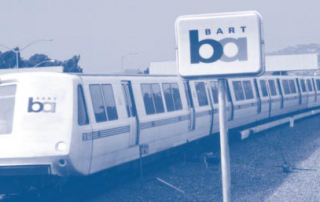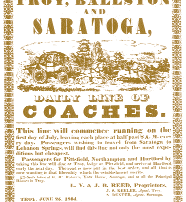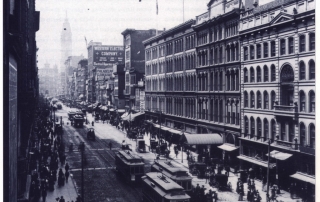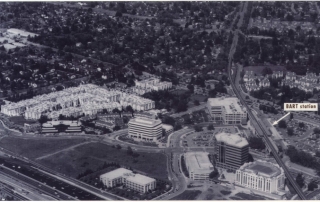Dispatch from Sydney: Transport in the Land of Oz
John Landis
Australia—or Oz as it is colloquially known—is instantly recognizable to visiting Americans, even those like myself who had never been there before. As in the US, most of Australia’s population lives in metropolitan areas within twenty miles of the coast. A majority of Australians live in suburban communities, and single-family homes are the dominant housing form. Australia’s home ownership rate stands at seventy percent, slightly above the US rate.






